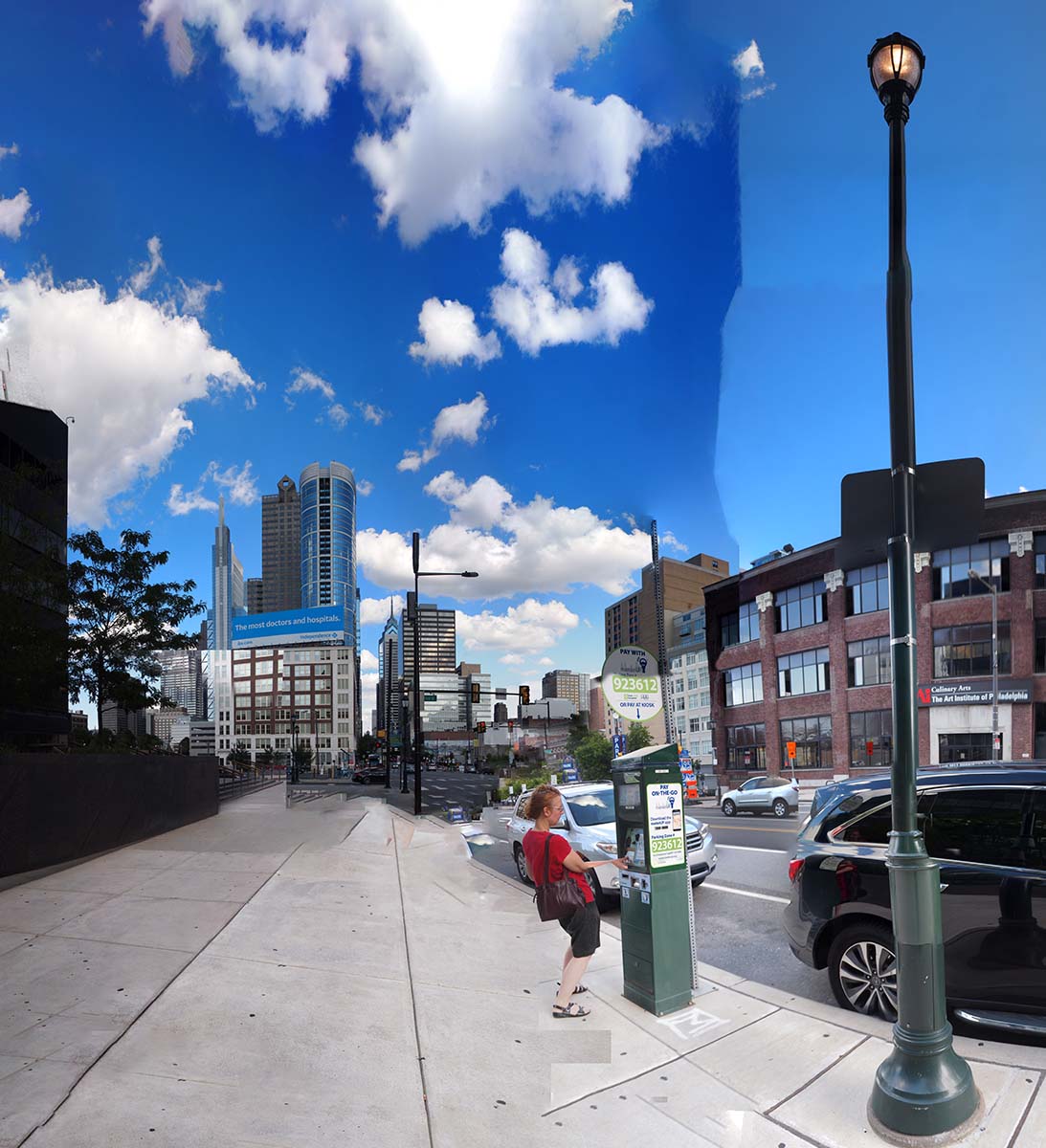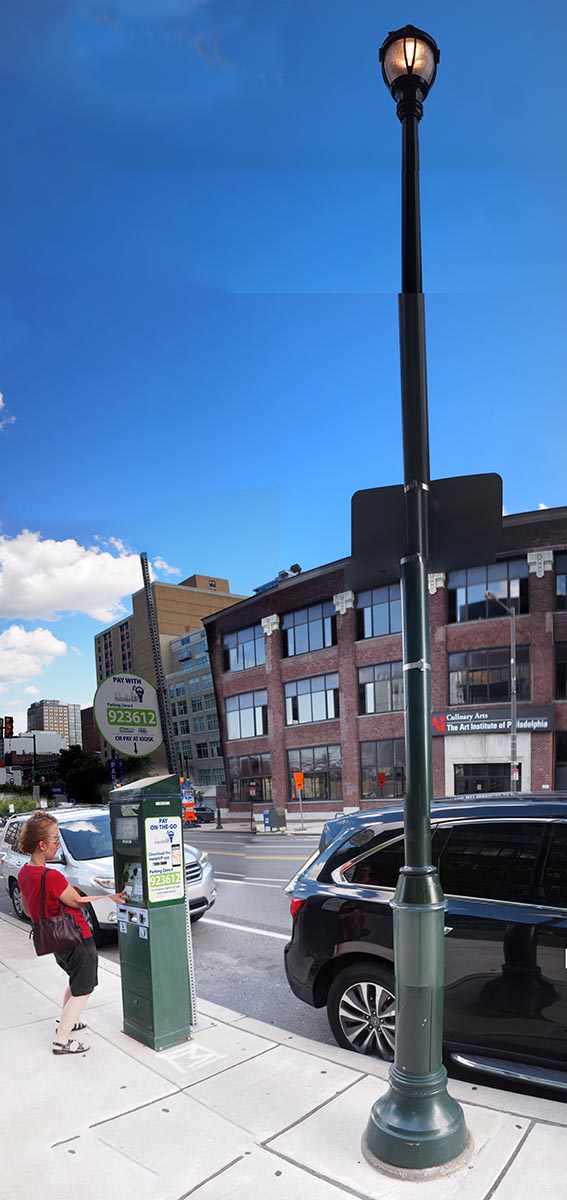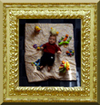Unfinished photographs of parking a & b : photos by Malcolm Aslett
|
I had an art teacher in school who talked of a painting he did that was never finished and how he'd take it off the wall once in a while to add a brushstroke or two. It makes sense to talk of certain art creations as unfinished as the process of being complete often depends on an arbitrary point of satisfaction for the creator. Photographs, not so much. Joiner photographs have a level of incompleteness inherent in them while on the other hand, if you only have so many photographs of a scene and you use them all it could be said the item is 'complete' in practical terms. You make your choices. There are limits set. The two photographs here have different levels of incompleteness that made me think more than usual of that very personal point of working on a picture and stopping where I say "This is what I wanted it to look like ." As if a person as beset with doubts as I am could really come to such a point. Which of the two is more complete? The smaller one below is only a part of the one above. This helps it seem more 'finished' to me and I came up with some reasons to explain this to myself. Firstly, it has a contained subject or subjects. The lamp in the sky seems to indicate it is late in the day but before the sun has gone down so the sky is still bright blue day sky (and the lamp shining in day is a subject in itself and refers to Magritte's series sometimes referred to as the "Empire of Light"). A woman is feeding a parking machine. She and the buildings along the street are slightly tilted so there is an unconscious ill-ease about the situation. And even though there are discrepancies in tone and line and colour shifts there it still remains self contained, perhaps by narrative. A long photograph like this also makes the spectator think it has been cropped. Despite that we can still hold on to the idea that it is, if not finished, self contained. The photograph above has a further section of city buildings and sky to the left of the scene. The sky is darker (as the sun is to the right of us) though it could still pass for a daytime sky. But that sharp transition in sky values at top right puts up a visual and a psychological barrier to the idea of 'completeness'. The act of paying the parking meter seems to get lost in all the visual 'action'. Despite the squarish form being closer to picture-shape it retains so many warring items it appears less finished than the smaller part below. The blank bottom left of pavement, the darkened building to left, the ill fitting windows of the building directly ahead. All of them could be given coherence and fool the viewer into thinking it was a single image of reality in front of us. After all that, it is familiarity that creates the sense of completeness. The more we see the image, the longer we have it in our lives, then the more it becomes finished because our expectancy changes. The required fixes wouldn't make it complete but disturb our expectancy. In most cases 'incompleteness' becomes 'complete' by virtue of familiarity. So I will wait out this picture. I feel I could do more but will see if it matures into completeness without doing anything except look at it. |
|









